Intro
Asthma is a chronic respiratory disease that affects millions of people worldwide, causing wheezing, coughing, shortness of breath, and chest tightness. It can be a life-threatening condition if not managed properly. However, with the right treatment and management plan, individuals with asthma can lead active and healthy lives. An asthma action plan is a crucial tool in managing asthma, as it helps individuals understand their condition, recognize symptoms, and take appropriate actions to prevent and treat asthma attacks.
Asthma can be triggered by various factors, including allergens, respiratory infections, air pollution, and physical activity. Understanding these triggers and taking steps to avoid them can significantly reduce the frequency and severity of asthma symptoms. An asthma action plan typically includes information on medications, symptoms, and emergency procedures, as well as lifestyle changes and preventive measures. By following an asthma action plan, individuals can better control their symptoms, reduce the risk of asthma attacks, and improve their overall quality of life.
Effective management of asthma requires a comprehensive approach that involves medical treatment, lifestyle changes, and environmental modifications. An asthma action plan should be developed in collaboration with a healthcare provider, taking into account the individual's medical history, symptoms, and lifestyle. The plan should be regularly reviewed and updated to ensure it remains effective and relevant. With the right treatment and management plan, individuals with asthma can enjoy a healthy and active life, free from the constraints of their condition.
Asthma Symptoms and Diagnosis
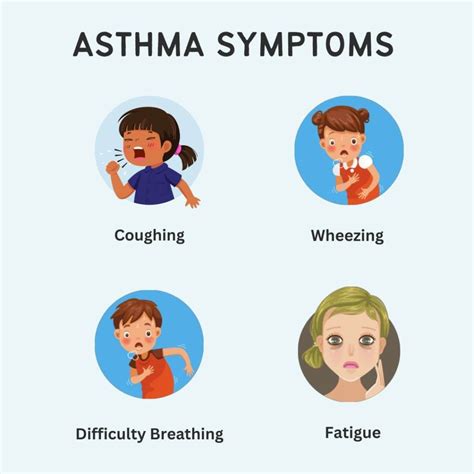
Asthma symptoms can vary in severity and frequency, and may include wheezing, coughing, shortness of breath, chest tightness, and fatigue. Some individuals may experience mild symptoms that are easily manageable, while others may experience severe symptoms that require immediate medical attention. Diagnosing asthma can be challenging, as the symptoms can be similar to those of other respiratory conditions. A healthcare provider will typically use a combination of medical history, physical examination, and diagnostic tests, such as spirometry and peak flow metering, to diagnose asthma.
Types of Asthma
Asthma can be classified into several types, including allergic asthma, non-allergic asthma, exercise-induced asthma, and occupational asthma. Allergic asthma is the most common type, and is triggered by allergens such as dust mites, pollen, and pet dander. Non-allergic asthma is triggered by factors such as respiratory infections, air pollution, and stress. Exercise-induced asthma is triggered by physical activity, and occupational asthma is triggered by workplace exposures.Asthma Treatment and Management

Asthma treatment typically involves a combination of medications, lifestyle changes, and environmental modifications. Medications may include bronchodilators, corticosteroids, and immunomodulators, which help to relax airway muscles, reduce inflammation, and prevent symptoms. Lifestyle changes may include avoiding triggers, quitting smoking, and maintaining a healthy weight. Environmental modifications may include using air purifiers, removing carpets and rugs, and reducing exposure to allergens and pollutants.
Asthma Medications
Asthma medications can be classified into two main categories: quick-relief medications and long-term control medications. Quick-relief medications, such as bronchodilators, provide rapid relief from symptoms, while long-term control medications, such as corticosteroids, help to prevent symptoms and reduce inflammation. The choice of medication will depend on the severity and frequency of symptoms, as well as the individual's medical history and lifestyle.Creating an Asthma Action Plan
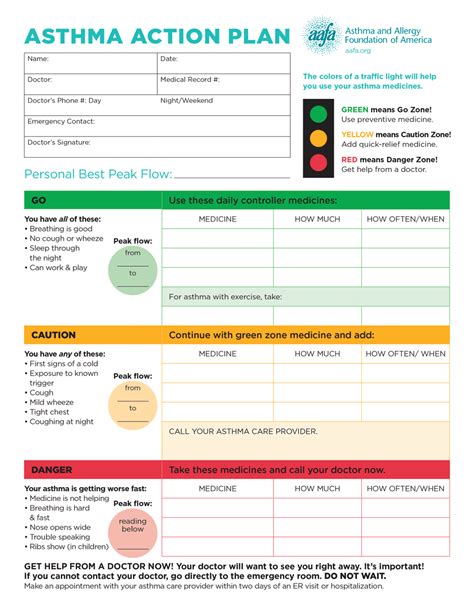
Creating an asthma action plan involves several steps, including identifying triggers, monitoring symptoms, and developing a treatment plan. The plan should be tailored to the individual's specific needs and circumstances, and should be regularly reviewed and updated. The plan should include information on medications, symptoms, and emergency procedures, as well as lifestyle changes and preventive measures.
Identifying Triggers
Identifying triggers is a crucial step in creating an asthma action plan. Common triggers include allergens, respiratory infections, air pollution, and physical activity. Keeping a symptom diary can help to identify triggers and track symptoms over time. The diary should include information on symptoms, medications, and lifestyle changes, as well as any factors that may have triggered symptoms.Asthma Prevention and Lifestyle Changes
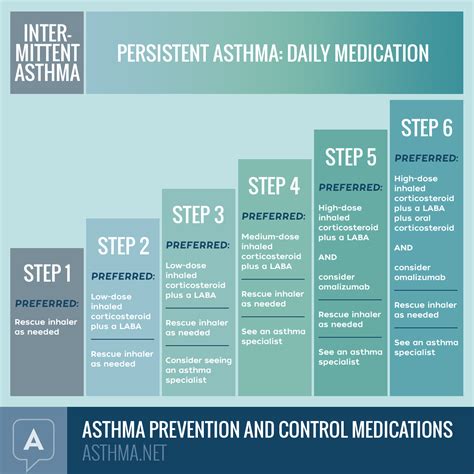
Asthma prevention and lifestyle changes can play a crucial role in managing asthma. Quitting smoking, maintaining a healthy weight, and avoiding triggers can help to reduce the frequency and severity of symptoms. Regular exercise, such as walking or swimming, can also help to improve lung function and overall health. Additionally, stress-reducing techniques, such as meditation or yoga, can help to manage stress and prevent symptoms.
Lifestyle Changes
Lifestyle changes can include avoiding triggers, quitting smoking, and maintaining a healthy weight. Avoiding triggers may involve using air purifiers, removing carpets and rugs, and reducing exposure to allergens and pollutants. Quitting smoking can significantly reduce the risk of asthma symptoms and improve overall health. Maintaining a healthy weight can also help to reduce the risk of asthma symptoms and improve overall health.Asthma and Mental Health
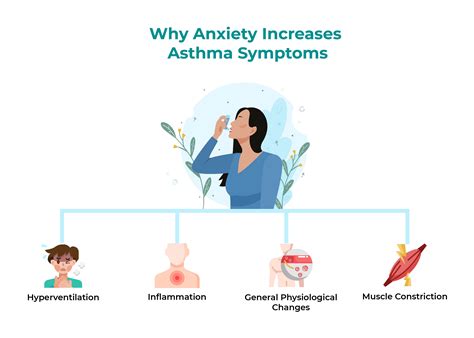
Asthma can have a significant impact on mental health, particularly in individuals who experience severe symptoms or frequent attacks. Anxiety, depression, and stress are common comorbidities with asthma, and can exacerbate symptoms and reduce quality of life. Stress-reducing techniques, such as meditation or yoga, can help to manage stress and prevent symptoms. Additionally, cognitive-behavioral therapy (CBT) can help to address underlying mental health issues and improve overall well-being.
Mental Health Support
Mental health support is essential for individuals with asthma, particularly those who experience severe symptoms or frequent attacks. Support groups, counseling, and therapy can provide a safe and supportive environment to discuss feelings, concerns, and experiences. Additionally, online resources and hotlines can provide access to information, support, and guidance.Asthma in Children
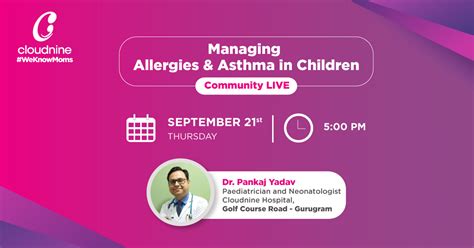
Asthma is a common condition in children, and can be triggered by a range of factors, including allergens, respiratory infections, and physical activity. Children with asthma may experience symptoms such as wheezing, coughing, and shortness of breath, and may require medication and lifestyle changes to manage their condition. Parents and caregivers play a crucial role in managing asthma in children, and should work closely with healthcare providers to develop a treatment plan and provide ongoing support and care.
Childhood Asthma Management
Childhood asthma management involves a range of strategies, including medication, lifestyle changes, and environmental modifications. Medications may include bronchodilators and corticosteroids, which help to relax airway muscles and reduce inflammation. Lifestyle changes may include avoiding triggers, quitting smoking, and maintaining a healthy weight. Environmental modifications may include using air purifiers, removing carpets and rugs, and reducing exposure to allergens and pollutants.Asthma in Adults
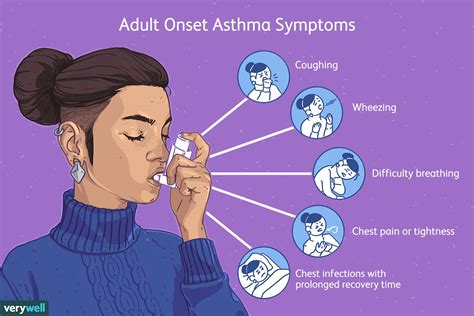
Asthma is not just a childhood condition, and can affect adults of all ages. Adult-onset asthma can be triggered by a range of factors, including respiratory infections, air pollution, and physical activity. Adults with asthma may experience symptoms such as wheezing, coughing, and shortness of breath, and may require medication and lifestyle changes to manage their condition. Healthcare providers should work closely with adults to develop a treatment plan and provide ongoing support and care.
Adult Asthma Management
Adult asthma management involves a range of strategies, including medication, lifestyle changes, and environmental modifications. Medications may include bronchodilators and corticosteroids, which help to relax airway muscles and reduce inflammation. Lifestyle changes may include avoiding triggers, quitting smoking, and maintaining a healthy weight. Environmental modifications may include using air purifiers, removing carpets and rugs, and reducing exposure to allergens and pollutants.What is an asthma action plan?
+An asthma action plan is a written plan that outlines the steps to take to manage asthma symptoms and prevent attacks.
What are the common triggers of asthma?
+Common triggers of asthma include allergens, respiratory infections, air pollution, and physical activity.
How can I manage my asthma symptoms?
+Managing asthma symptoms involves a range of strategies, including medication, lifestyle changes, and environmental modifications.
What is the importance of an asthma action plan?
+An asthma action plan is essential for managing asthma, as it helps individuals understand their condition, recognize symptoms, and take appropriate actions to prevent and treat asthma attacks.
How can I create an asthma action plan?
+Creating an asthma action plan involves several steps, including identifying triggers, monitoring symptoms, and developing a treatment plan.
We hope this article has provided you with a comprehensive understanding of asthma and the importance of an asthma action plan. If you have any questions or concerns, please don't hesitate to reach out to your healthcare provider. By working together, we can help you manage your asthma symptoms and improve your overall quality of life. Remember to share this article with friends and family who may be affected by asthma, and let's work together to raise awareness and promote better management of this condition.
